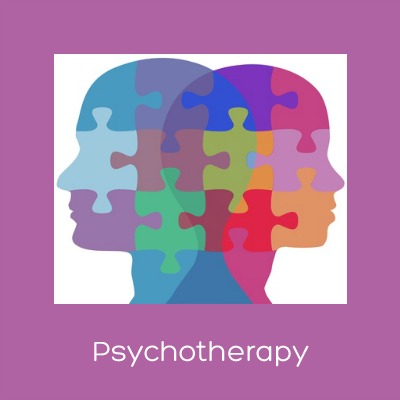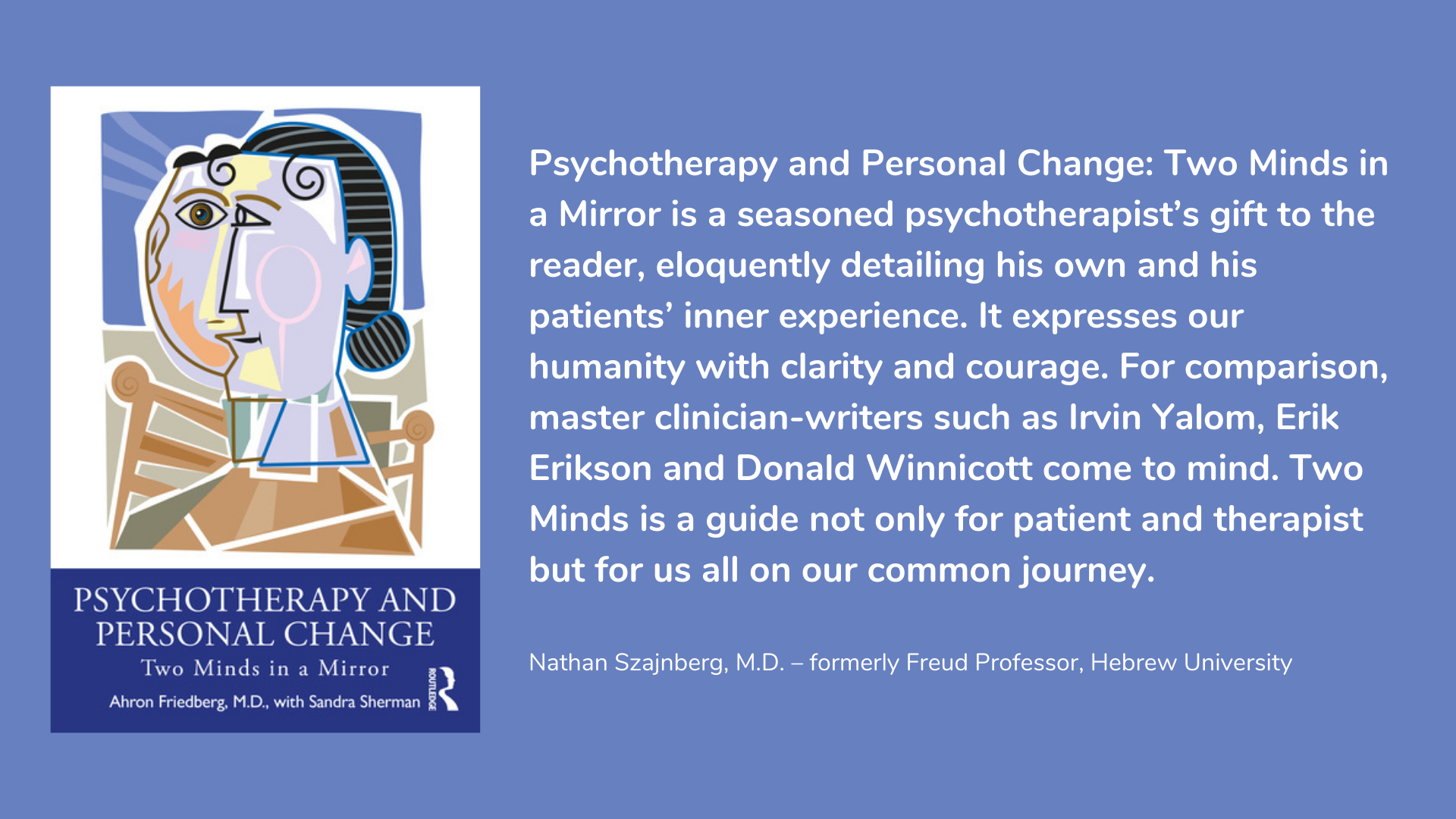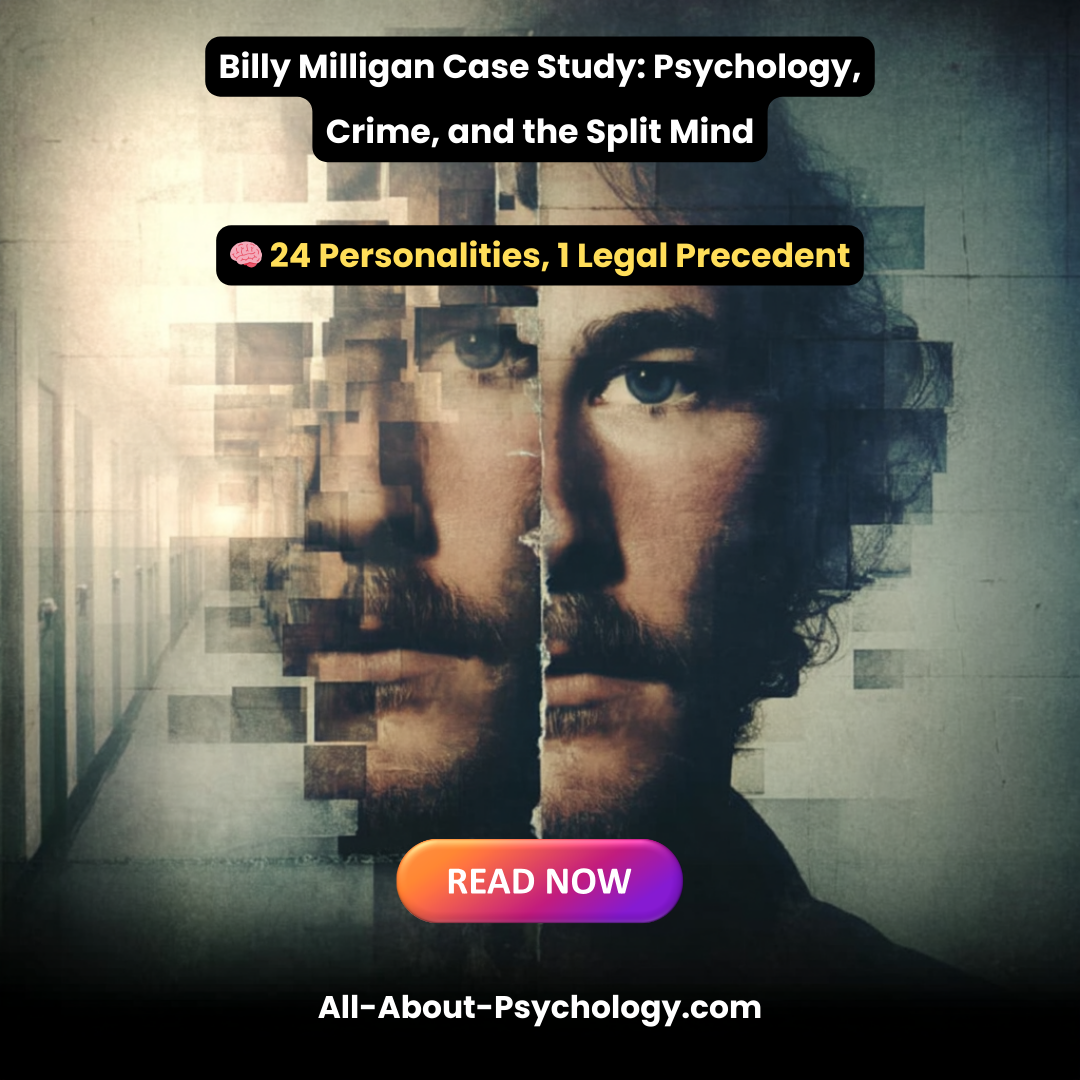Psychology Classics On Amazon

Psychotherapy
What is Psychotherapy?
According to the National Institute of Mental Health, psychotherapy is a term for a variety of treatment techniques that aim to help a person identify and change troubling emotions, thoughts, and behavior. It teaches people strategies and gives them tools to help manage their symptoms better and function at their best in everyday life.
People turn to psychotherapy for different reasons, these include: dealing with severe or long-term stress from a job or family situation, the loss of a loved one, or relationship or other family issues. Changes in sleep or appetite, low energy, a lack of interest or pleasure in previously enjoyable activities, persistent irritability, or a sense of discouragement or hopelessness that won’t go away.
Most psychotherapy takes place with a licensed and trained mental health care professional and a patient meeting one on one or with other patients in a group setting. Sometimes psychotherapy alone may be the best treatment for a person, depending on the illness and its severity. Other times, it is combined with medications. Therapists work with an individual or families to devise an appropriate treatment plan.
Writing for the BBC James Tighe notes that "Psychotherapy-is-often seen as synonymous with psychiatry. However, the 'talking cure' includes several therapeutic approaches used to treat emotional distress, psychiatric disorders and everyday stress."
Visit following link for a collection of articles, tips sheets and links to research to better understand psychotherapy and how it works.
apa.org/helpcenter/psychotherapy-works
Types of Psychotherapy
Many kinds of psychotherapy exist and there is no "one-size-fits-all" approach. Some people may have a treatment plan that includes only one type of psychotherapy. Others receive treatment that includes elements of several different types. Among the most common psychotherapies available are:
Cognitive Behavioral Therapy
Cognitive behavioral therapy (CBT) is a blend of two therapies: cognitive therapy (CT) and behavioral therapy. CT was developed by psychotherapist Aaron Beck, M.D., in the 1960's. CT focuses on a person's thoughts and beliefs, and how they influence a person's mood and actions, and aims to change a person's thinking to be more adaptive and healthy. Behavioral therapy focuses on a person's actions and aims to change unhealthy behavior patterns.
CBT helps a person focus on his or her current problems and how to solve them. Both patient and therapist need to be actively involved in this process. The therapist helps the patient learn how to identify distorted or unhelpful thinking patterns, recognize and change inaccurate beliefs, relate to others in more positive ways, and change behaviors accordingly.
Interpersonal Therapy
Interpersonal therapy (IPT) is most often used on a one-on-one basis to treat depression or dysthymia (a more persistent but less severe form of depression). The current manual-based form of IPT used today was developed in the 1980's by Gerald Klerman, M.D., and Myrna Weissman, M.D.
IPT is based on the idea that improving communication patterns and the ways people relate to others will effectively treat depression. IPT helps identify how a person interacts with other people. When a behavior is causing problems, IPT guides the person to change the behavior. IPT explores major issues that may add to a person's depression, such as grief, or times of upheaval or transition. Sometimes IPT is used along with antidepressant medications.
Psychodynamic Therapy
Historically, psychodynamic therapy was tied to the principles of psychoanalytic theory, which asserts that a person's behavior is affected by his or her unconscious mind and past experiences. Now therapists who use psychodynamic therapy rarely include psychoanalytic methods. Rather, psychodynamic therapy helps people gain greater self-awareness and understanding about their own actions.
It helps patients identify and explore how their nonconscious emotions and motivations can influence their behavior. Sometimes ideas from psychodynamic therapy are interwoven with other types of therapy, like CBT or IPT, to treat various types of mental disorders.
(Information courtesy of the National Institute of Mental Health).
Essential Reading
Psychotherapy and Personal Change: Two Minds in a Mirror by renowned psychoanalyst Ahron Friedberg, M.D, offers unique day-to-day accounts of patients undergoing psychotherapy and what happens during "talk therapy" to startle the complacent, conscious mind and expose the unconscious. It is a candid, moment-by-moment revelation of how the therapist’s own memories, feelings, and doubts are often as much a factor in the process as those of the patient.
In the process of healing, both the therapist and the patient reflect on each other and on themselves. As the therapist develops empathy for the patient, and the patient develops trust in the therapist, their shared memories, feelings, and associations interact and entwine – almost kaleidoscopically – causing each to ask questions of the other and themselves. In this book, Dr. Friedberg reveals personal insights that arose as he recalled memories to share with patients. These insights might not have arisen but for the therapy, which operates in multiple directions as patient and therapist explore the present, the past, and the unknown. Readers will see the therapist – like the patient – as a complex, vulnerable human being influenced by parents, colleagues, and friends, whose conscious and unconscious minds ramify through each other. It is a truism of psychotherapy that in order to commit to the process, whatever the reservations or misconceptions, one must understand that therapy is not passive. The patient must expect to become personally involved with the therapist. The patient learns about the therapist even as the therapist helps the patient to gain insight into him or herself. Psychotherapy and Personal Change shows how this exchange develops and how each actor is affected.
Through specific examples, the book raises the reader’s understanding of what to expect from psychotherapy and enhances his/her insight into therapy that he or she may have had already.
I found Psychotherapy and Personal Change: Two Minds in a Mirror deeply enlightening. As someone who has been in psychodynamic therapy for decades, I of course always wonder what it’s like from the other side-and now I know. Dr. Friedberg illuminates the analytic process with his usual gentle wisdom. (Andrew Solomon, Ph.D. – Professor of Clinical Psychology, Columbia University)
CLICK HERE To Buy 'Psychotherapy and Personal Change: Two Minds in a Mirror' on Amazon.
Recent Articles
-
All About Psychology
Apr 15, 25 10:41 AM
A psychology website designed to help anybody looking for detailed information and resources. -
Billy Milligan Case Study: Psychology, Crime, and the Split Mind
Apr 15, 25 08:02 AM
Was Billy Milligan a fractured victim—or a manipulative genius? This Billy Milligan case study explores the psychology behind one of history’s most controversial trials. -
Cute Aggression Explained: Why We Want to Squeeze Adorable Things
Apr 09, 25 01:24 PM
Overwhelmed by cuteness? Discover the science behind cute aggression, the brain's quirky way of handling too much joy. You’ll never see cute the same again.
Please help support this website by visiting the All About Psychology Amazon Store to check out an awesome collection of psychology books, gifts and T-shirts.






